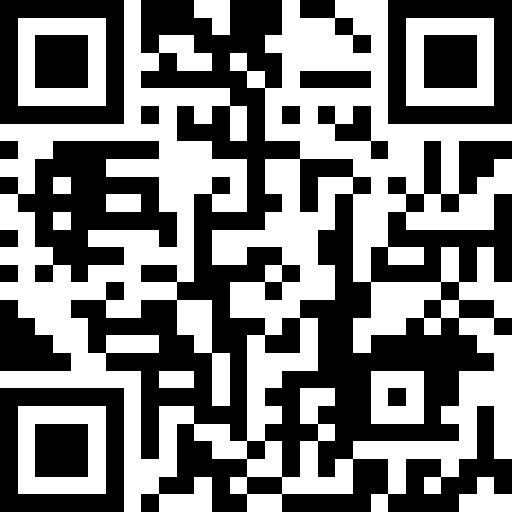Title Page
-
Conducted on
-
Conducted by
-
Site
Executive Summary
-
undefined
Housekeeping
-
Tool Storage
-
Oil and Resin Slip and Trip Hazards
-
Raw material and WIP Trip Hazards and clear walking paths
-
Are there any improvised or home made tools in use?
-
Housekeeping Standards
-
Guidance: DRAFT
PPE
-
PPE Available, Adequate, and Properly Used
-
Guidance: General PPE requirements include safety glasses with permanently attached side shields, steel toed shoes, and hearing protection. GMPs for clothing include long sleeves (non-synthetic blend to protect from fire and molten polymers) . Clothing shall not be loose fitting which could become caught in equipment or catch points (e.g. No hoodies w/stings, shoes tied,, pants pulled up etc.). Gloves should be specific to hazards (e.g. heat resistant for molten polymers or use of torches, cut resistant w/knives and sharp objects, insulating for electrical hazards) Additional PPE specific to task may exist (e.g. face shields for high pressure risks, use of compressed air or transfer of chemicals)
Machinery Safety
-
Machine Guarding and Interlocks Safety Hazards
-
Lock Out Tag Out
Electrical & Hazardous Energy Safety
-
Electrical Hazards Extruder Wires and Thermcouples
-
Electrical Hazards (General)
-
Live Electrical Safety
-
Guidance: Basic requirements (Permit to Work, CEW certified, PPE Worn until "Electrically Safe State verified. Employee must complete paperwork, follow steps, and maintain the work area with a barrier preventing access to the work area..
-
Hazardous Energy Hazards
Height & Lifting Safety
-
Working at Heights
-
Guidance: Access to equipment should protect against all potential falls greater than 4 feet (e.g. railing, self closing gates, no exposed falls hazard). Work at lower heights should be sufficient to provide a stable work area with sufficient space and tread (e.g. stable and wide portable or permanent stairs, clear platforms, ladders with good tread, ability to maintain three points of contact at all times).
Fire Safety
-
Fire Hazards
Transport Safety and Material Storage
-
Forklift/Powered Industrial Vehicle Driver Behaviors
-
Guidance: During walk observe driver and pedestrian behaviors. Observe and provide feedback to drivers regarding the use of seatbelts, completing pre-shift safety checks, looking in the direction of travel, use of horns , fully stopping at inter.sections, and driving full visibility of load during travel. PSIF Risk, drivers are not allowed to "Bull Doze" materials (e.g. stacking maeterials two or greater pallets high and/or deep and driving forward which fully blocks the employee's vision.
-
Warehouse Dock Safety
-
Guidance: Observe warehouse dock areas. Dock doors must be fully shut when not in use. Trailers must be chocked or restrained with a trailer restraint. Driver's must verify the trailer has been chocked and/or restrained prior to entering with the forklift. Dropped trailers must have a Jack Stand placed under the trailer and glad hand locks applied prior to loading or unloading. Additional items to look for are control of the work space. Entrance into the building must be controlled to keep drivers from entering the loading docks. Pedstrians should not be allowed on the loading docks at any time.
-
Transport Hazards
-
Material Storage Hazards
-
Guidance: During walk, observe storage of materials within production, ancillary support areas, and warehouse. Look for stable storage of materials to prevent materials falling for general stoarge. Additionally, review if any risks exists where people may be near stored or staged items that could be accidently knocked over into an employee’s walking path or workspace.
Maintenance Areas and Tool/Mold Shop Safety
-
Tool or Mold Ship Tooling Secured from falling in storage and when in service
-
Guidance: During safety walk, observe mold shop activities. Are molds stored in a secure manner that would prevent molds from moving or falling while servicing or in storage. During cleaning and servicing activity observe to determine if molds are secure from falling or shifting through all steps and activities.
-
Hoist and Cranes
-
Guidance: Review area to ensure only authorized users have access to operate hoists and crances. Pre-Use Inspections must have evidence of completion prior to use. All "Below the Hook" devices must have evidence of being inspected (e.g. tag). Look for wear, deformation, and cleaniliness of all slings, chains, bolts, swivels, etc.
-
Are all machine/tool shop tools secured so only trained and authorized employees can access
-
Guidance: All machine shop tools (e.g. grinders, drills, lathes, hydraulic presses, mills, etc.) must be secured from unauthorized use. Machine shop tools can only be accessed and used by employees that have been trained and authorized to use.
Manual Handling Safety
-
Manual Handling Hazards
Chemical Hazards
Other Hazards
-
-
Details of Good Practice Observed
Summary of Any Positive Safety Conversations or Safety Observations
-
Type of Observation & Conversation
- Positive Observation with Positive Conversation
- Negative Observation with Positive Conversation
- No Observation or Conversation Made
-
Notes
- Positive Observation with Positive Conversation
- Negative Observation with Positive Conversation
- No Observation or Conversation Made







